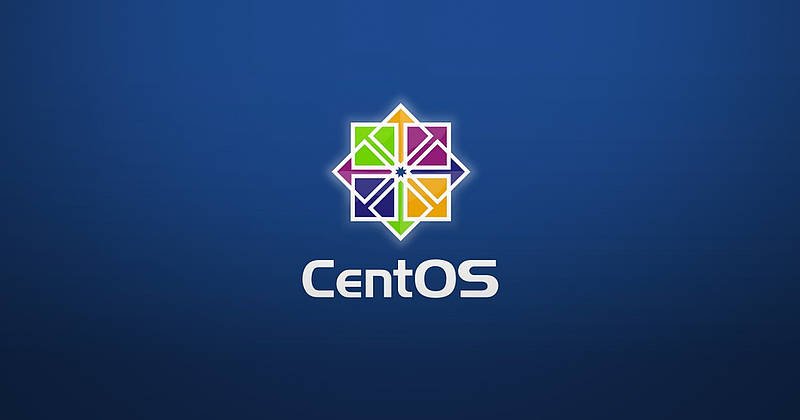


So, if you need to have a precise idea of when your data is really on the disk better you turn this feature off as well. The major cons are related to the possibility to have the virtual machine backing up old data if the cache is not fully flushed into the virtual drive first. Virtualization station allows our virtual machine to make use of several writing methods to the virtual drive, cashing data comprised.Ĭashing is a nice thing to speed up input output but it also has drawbacks so I normally turn caching off. I would leave iSCSI targets apart if I were in your boots, but you may consider the advantage of using it if you have more than one NAS. I am still considering that the intended usage of your virtual machine is somehow similar to the ones described in this website so that you are likely at home where you have full control of all your devices and somehow a limited environment to take care about. So I put everything in one single disk and then mount other partitions as nfs or samba shares at boot time. My strategy is the more straightforward: keeping things simple is the easiest way to save time later. Given for granted that you have one in mind, you may prefer to separate your data from your core VM software (for example giving the home folder a separate hdd file, or let the /var/spool/ folder reside on a separate iSCSI target of you are intended to use Kolab mail server as supposed here above). This argument is also closely related to the backup strategy that you are intending to put in place. With regard to the topic related to storage, we could open a never ending discussion on what is the best method to exchange information between machines, because everybody definitively needs to exchange data.


 0 kommentar(er)
0 kommentar(er)
